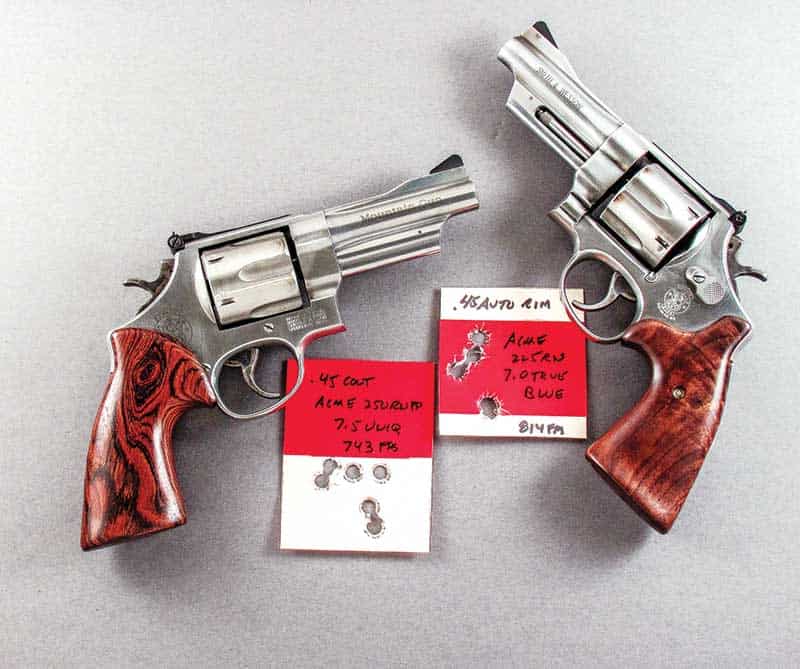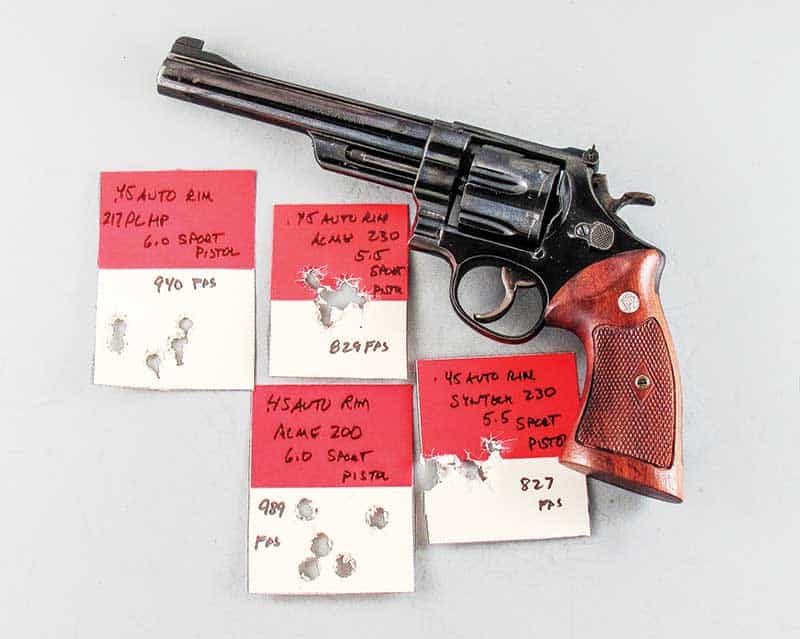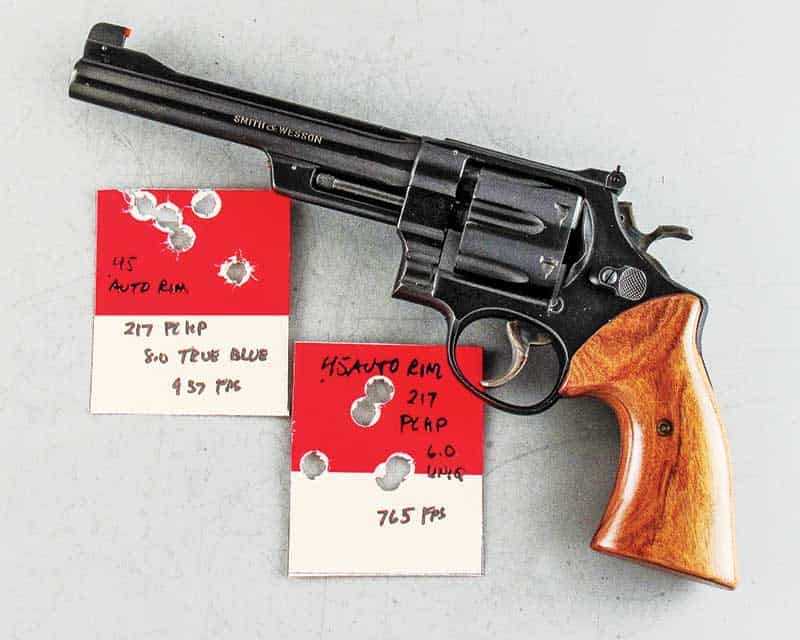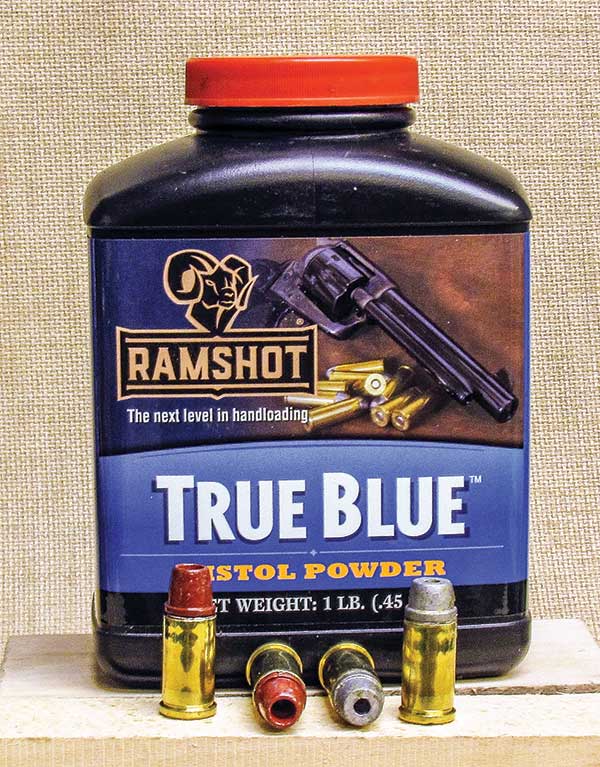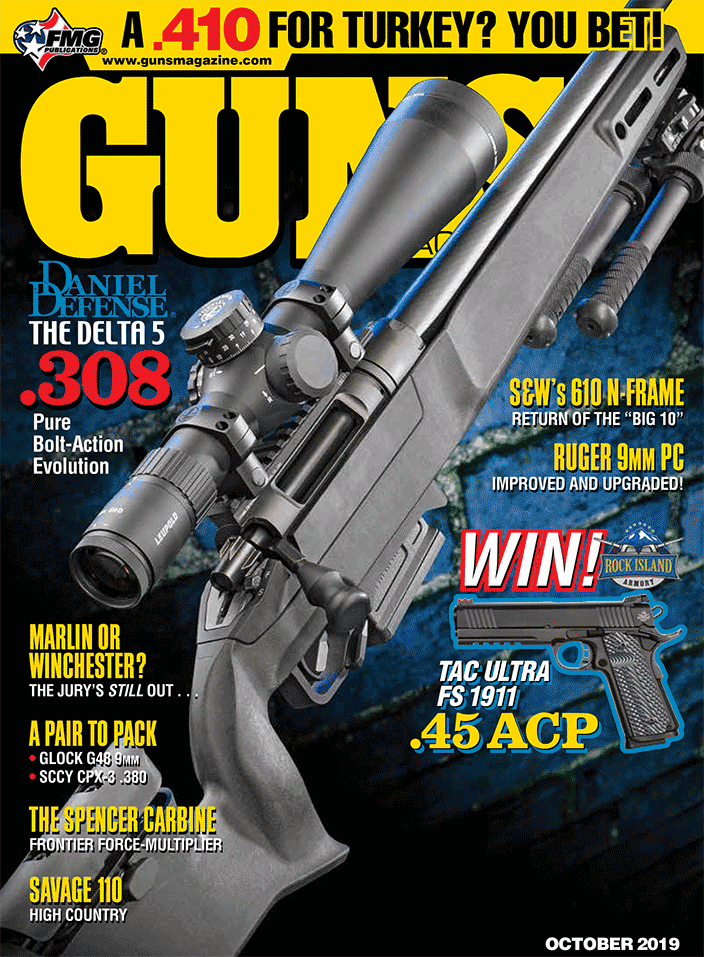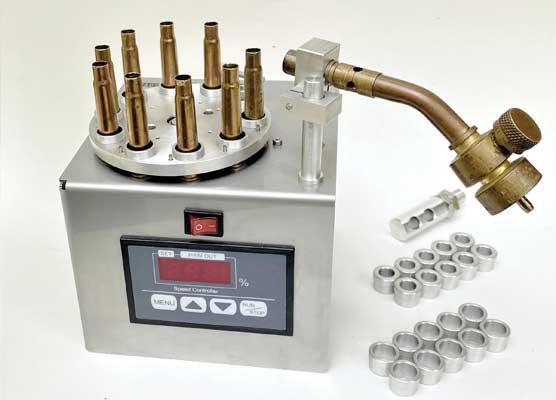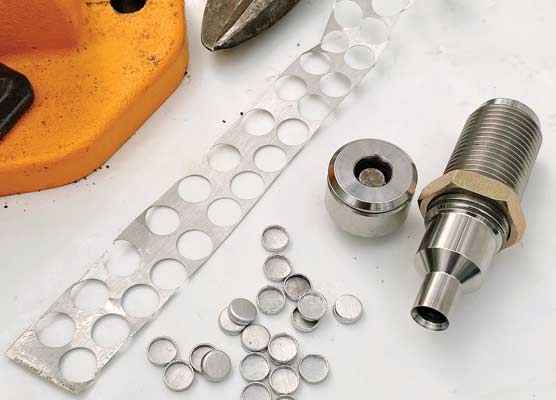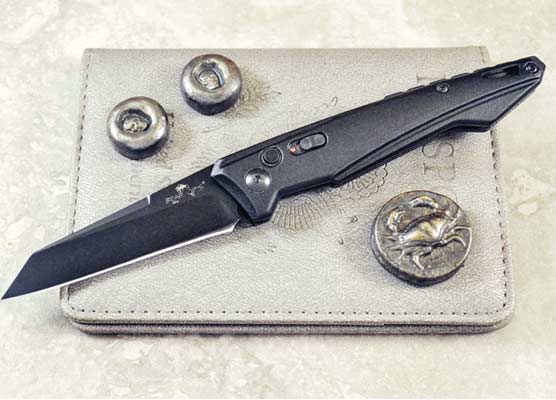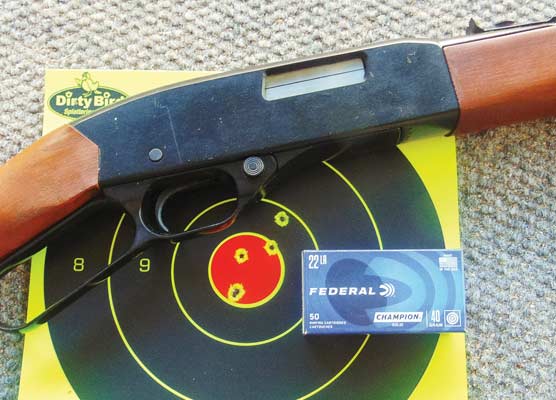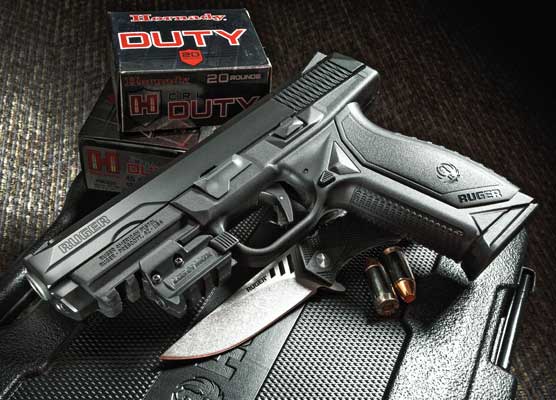The .45 Auto Rim
Flappers, Moon Clips and a Classic Revolver Round
What do you do when you find yourself at war without either the needed weapons nor the ability to produce them as fast as you need them? The answer? Improvise.
That’s exactly what the United States military did in WWI. Just a few years earlier, the 1911 Government Model .45 had been selected as the official sidearm and now our troops were being shipped to Europe but there was no way they could be equipped with the relatively new semi-auto .45 fast enough.
Revolver To The Rescue!
However, at the same time both Smith & Wesson and Colt were making large-frame revolvers chambered for the .45 Colt and .455 Webley. An unknown engineer at S&W came up with an excellent idea allowing the use of .45 ACP cartridges in the Colt New Service and the S&W Second Model Hand Ejector. Both revolvers so set up became the Model 1917.
Our standard service handgun cartridge was the rimless .45 ACP for use in the 1911. By careful machining, revolver cylinders could be set up so the .45 ACP headspaced with the mouth of the case butting up against a ridge in the cylinder. But even if this worked (not a sure thing), once the cartridge was fired the ejector star did not catch the non-existent rim and cartridges had to be punched out or picked out one at a time by thumbnail. This is not an acceptable situation under battle conditions. The idea of the moon clip was devised to allow three cartridges to be placed in the half-moon clip. Two of these could be dropped in the cylinder and easily ejected with the ejector star. In fact with a little practice a revolver so set up could be very quickly reloaded.
Rimmed Alternative
After the war, Model 1917s became quite popular with the civilian population and were often used by ex-military men when entering law enforcement — especially in rural areas. Around 1920 a new cartridge was devised that enabled the use of these revolvers without moon clips — the .45 Auto Rim.
Just as the name suggests, these were .45 ACP cartridges with the rim added. To replace the moon clip required a larger than normal rim, which is why the .45 AR stands out among all other sixgun cartridges by having a taller-than-normal rim. Shooters now had the choice of using .45 ACPs with moon clips (available today in both half-moon and full size) or the “new” .45 AR.
Reloading the .45 AR is very straightforward. You don’t need a new set of dies but simply a new shell holder to add to your .45 ACP dies — if you’re set up for crimping. Years ago I purchased a separate .45 AR crimping die to add to my set of ACP dies. If you look at the length of a sixgun cylinder compared to the overall cartridge length of the .45 AR/.45 ACP, you might surmise accuracy would suffer with the bullet having to travel the extra length of the cylinder before entering the barrel. However, this doesn’t seem to be a problem. In fact, .45 Auto Rim/.45 ACP cartridges will often shoot more accurately than longer cartridges. In .45 Colt revolvers from Ruger and in Freedom Arms with auxiliary cylinders for the .45 ACP, the ACP will often outshoot the .45 Colt. My first .45 AR sixgun, an S&W Model 1917, was purchased when I was still a teenager so I have a long history of shooting and reloading for this excellent little cartridge.
In the 1950s — before we had a proliferation of excellent gunsmiths tuning the 1911 — target shooters stayed with the revolver. S&W offered the 1950 Target and then followed it with the 1955 Target. The 1955 was offered in a different barrel configuration to better handle cast bullets and has a heavy barrel (much like the .44 Magnum).
Both of these .45 ACP/.45 AR guns were offered with excellent sights and 6-1/2″ barrels — cutting them to 4″ results in a Perfect Packin’ Pistol. One of the best shooting .45 AR sixguns is the Model 1988 from Smith & Wesson with a heavy, full-underlug 5″ barrel.
The AR Holds Its Own
The .45 AR can be reloaded with bullets designed for the .45 ACP or the .45 Colt or, in the case of Elmer Keith’s #452423, a 240-gr. bullet specifically for use in the .45 AR. The latest innovation in coated bullets, such as the 230-gr. .45 ACP bullets from Acme and Syntech both work well in my 6-1/2″ Model 1955 when loaded in Starline .45 AR brass. With 5.5 grains of Alliant’s Sport Pistol, muzzle velocity for both bullets is right at 825 fps and both put five shots into 1″ at 20 yards.
Using the same powder charge with Oregon Trail’s 225-gr. FNHC bullet results in 875 fps with the same accuracy. All three of these loads also shoot well in my 4″ Model 1955; however, as expected muzzle velocities are 50-75 fps less.
A reader and friend, Dick Thompson, recently sent me some powder-coated bullets, one of which was a 205-gr. HP. These are cast bullets coated with a powder paint available at Harbor Freight. They shoot phenomenally well in my 4″ 1955 with 6.0 grains of Sport Pistol, clocking out at 865 fps and shooting into a 7/8″ group. This makes an excellent every day carry load.
One item on my reloading bench I’ve found virtually indispensable when loading .45 AR with .45 ACP bullets without a crimping groove (or .45 ACP for that matter), is the Lee Factory Crimp Die. When using it, first seat the bullets without crimping and then use the Lee die in a separate step. It’s well worth the effort.
The .45 Auto Rim has been around almost 100 years and is still relevant. In fact, it can even give the .45 Colt a run for its money.
